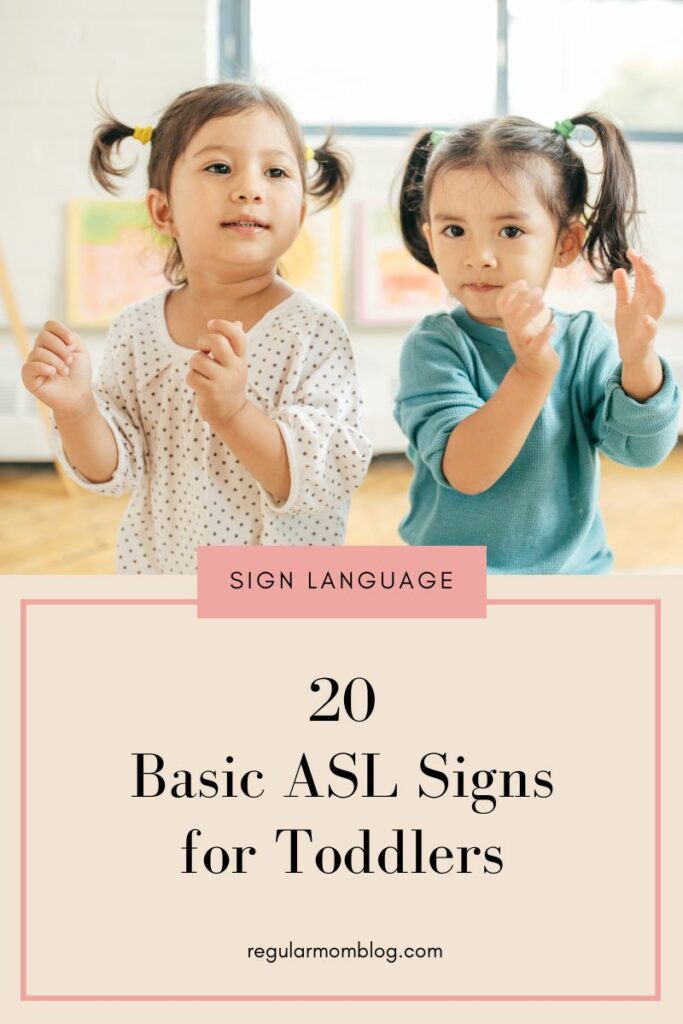school advocacy
It’s time to get clear on a language strategy for your child so that you can consistently practice language in your home and watch your child’s communication soar in less time!
Welcome!
Language Coach for Parents of kdis with hearing loss
I want to show you how to build better language skills at home so you can also parent with clarity and confidence!
Categories
hearing loss
sensory activities
sign language
1:1 Language Coaching
These are the kinds of resources that you will find on my blog!
Happy reading!
Basic Signs For Toddlers
August 11, 2023
Raising a toddler is no easy feat, and it can be even more challenging when your child has hearing loss. With a deaf/ hard of hearing child, communication can be difficult. As a parent, one of the most important things you can do is to learn some basics signs for toddlers to help your child communicate better and temper frusterations.

Learning sign language empowers your child to express their needs, wants, and feelings, promoting their overall development and confidence.
In this blog article I’ll delve into some basic signs that are particularly useful for toddlers.
I’ll also provide practical tips and strategies on how to teach sign language to your little one, such as incorporating signs into daily routines.
Basic Signs for Toddlers
Understanding and using basic ASL signs is helpful for toddlers with hearing loss.
Firstly, it enables early communication, which allows your child to express their basic needs and feelings. This reduces frustration and tantrums.
Secondly, learning ASL signs acts as a stepping stone towards language development. Sign language builds a foundation for verbal and written language skills later in life.
Furthermore, the use of sign language promotes cognitive development, enhances memory, and increases attention span.
Lastly, it fosters a sense of belonging and acceptance, as the ability to communicate effectively reduces feelings of isolation and increases self-confidence.
Start with the Basic Signs
So, you’re on board with learning some ASL signs to teach your child.
Now, how exactly do you go about learning ASL? And what signs to you start with?
I had those same questions when I first started learning some ASL signs for my kids who have cochlear implants.
With my family, I started with the most used words that I needed to be able to tell my child. Words like “no”, “yes”, “more” and “please” were among our first signs.
From there, I kept building up our ASL vocabulary easch week by introducing new signs into our daily routine.
It has been successful with my kids, and I can teach you how to have the same success with your own kids!
As we discussed previously, when you’re just starting out on your journey of teaching sign language to your child, it’s important to prioritize the most c-important signs.
These signs will serve as the building blocks for your child to effectively communicate their basic needs, wants, and emotions.
Remember, it’s best not to overwhelm your child by introducing too many signs all at once.
Instead, focus on a select few signs at a time and dedicate your efforts to mastering them before gradually progressing to more advanced signs.
By taking this approach, you provide a solid foundation for their sign language development which paves the way for effective communication and meaningful connections.
Here are some basic signs that your toddler should learn first:
- Eat – This sign can help your toddler indicate when they want food or are hungry.
- Drink – Similarly, the sign for drink can help inform you when your toddler is thirsty.
- More – This sign is useful for toddlers to express the desire for more of something, such as food or playtime.
- All Done – This sign can communicate when your toddler has finished eating, playing, or participating in an activity.
- Yes and No – These signs are fundamental for communication, helping your toddler answer basic yes-or-no questions.
- Sleep – Toddlers can use this sign to indicate when they are tired and need to rest.
- Bath – This sign can be used when it’s time for a bath.
- Play – Toddlers can use this sign to request playtime.
- Help – A crucial sign for toddlers to learn, it empowers them to ask for assistance when needed.
- Love – While a more abstract concept, teaching the sign for “love” can be a heartwarming way for your child to express their affection.
- Open – This sign can be used to open a door, open a container, open a water- it is a handy one to know!
- Please– Toddlers can use this sign to indicate manners when asking for something
- Thank you– It’s always nice for kids to learn to express courtesies at an early age
- Sorry– This sign is important to start teaching toddlers that actions have consequences
- Walk – All toddlers need to be reminded of this!
- Swim – A great action word for a toddler to know
- Want– This sign is a great one to combine with another sign to say they want a certain thing
- What– Likewise, this sign can be combined to ask a toddler what they want
- Go– A fun action word that every toddler knows how to do!
- In and Out– Can be combined with other signs to make a sentence
Repetition is key
Children learn through repetition, so it’s important to practice signing regularly with your child.
Make sign language a part of your daily routine, such as incorporating signs during mealtime or playtime.

By consistently incorporating sign language into their everyday activities, you are creating a rich and immersive learning environment that fosters your child’s language development and communication skills.
Remember, patience and consistency are key as your child embarks on this exciting journey of learning and communication.
Make it fun
Learning sign language can be a delightful and engaging experience for both you and your child.
You can make it even more enjoyable by incorporating songs and rhymes as interactive learning tools.
Also, engage your child in games and playtime activities that involve sign language.
Additionally, online resources, such as videos and books, are readily available to help you learn ASL signs in a way that is entertaining for your toddler.
For a deeper level of engagement, you might also consider enrolling in a sign language class together with your child to learn from someone who is already fluent in ASL.

Teaching your toddler sign language can be a rewarding experience for both you and your child.
By starting with the basics, repeating signs regularly, making it fun, you can help your child communicate their needs and wants more effectively.
Remember, learning sign language is a process, and it’s important to be patient and understanding with your child.
With time and practice, you and your child can become fluent in sign language and develop a stronger bond through communication!
Don’t forget to sign up to teach your kids how to sign!
More Resources for Sign Language
The Best Way to Learn ASL Online

tell me more!
tell me more!
@alemerinobranding.co
DESIGNED BY: ALE MERINO BRANDING CO.
COACHING
Navigation
PODCAST
ABOUT
HOME
Legal
PRIVACY POLICY
TERMS & CONDITIONS
Let's connect
EMAIL hello@raisingdeafkids.com
BLOG